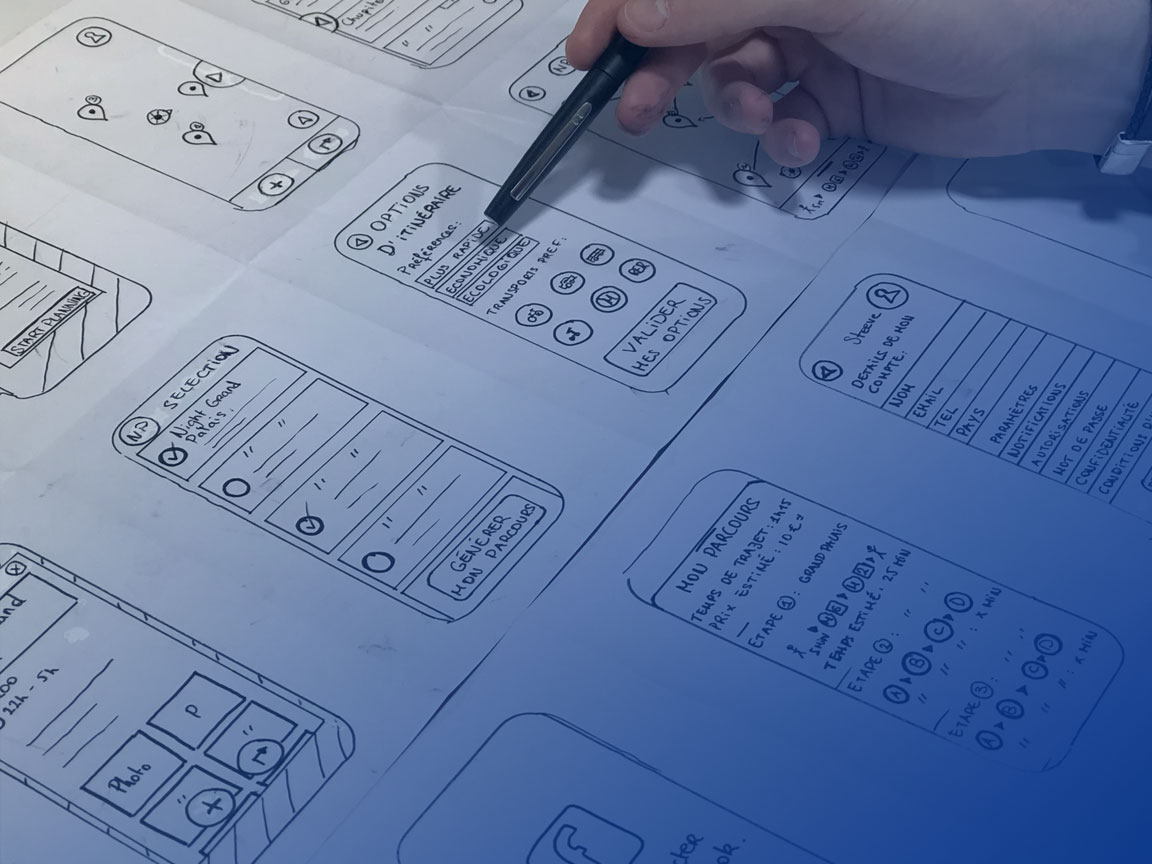
4 Rules for Enterprise UX
Modern UX is an important part of digital transformation and the ongoing success of an enterprise. Here are 4 rules to keep in mind.
Modern UX is an important part of digital transformation and the ongoing success of an enterprise. According to the 2020 Digital Trends report, customer experience is currently the most exciting business opportunity. What’s more is that the Temkin Group found that companies that earn $1 billion annually can expect to earn, on average, an additional $700 million within 3 years by investing in customer experience. In short, UX offers a proven ROI.
Coupled with this incredible opportunity to reach customers is the danger of losing them. According to PwC, most customers will leave a brand that they previously loved after just one bad customer experience.
In light of this, and in light of the fact that most customers interact with brands through online experiences, enterprises would be wise to invest in developing modern and intuitive UX.
Here are 4 rules for good UX across your enterprise.
1. Listen to your users.
It may sound overly simple, but perhaps the biggest key to great UX is your ability to listen to your users. However, many teams will often bypass user research, interviews, and surveys in favor of what they think the user will want or need. It may end up working out, but more often than not, your users have insights that you couldn’t have predicted. Collecting data and user feedback would have borne that out.
Listening to your users also means that your UX is never really done, because there are always improvements to be made. So part and parcel of good UX is having the ability to update it quickly and efficiently in response to user needs.
For a large enterprise, that can be a challenge, as codebases for larger applications can be unwieldy and organizational red tape keeps your teams from acting swiftly. This is why we recommend using micro frontends on top of a microservice architecture, so that autonomous, cross-functional teams can update iteratively and deploy updates independently.
2. Strive for consistency.
Consistent UX is better UX. Consistency increases usability, as users know what to expect. So your team should focus on maintaining consistent language, icons, badges, and notification sounds, as well as predictable layouts.
This is true for the internal consistency of a particular app, and it’s equally important from app to app across your enterprise. Consider your entire customer experience as a whole, rather than focusing individually on each application as an isolated unit. If you’re able to provide consistent UX across every channel and application, it’ll go a long way toward building brand equity and streamlining your user’s experience--whether for your employees, partners, or the end consumer.
3. Maintain simplicity.
Simplicity is often very important for a user, as a complicated experience tends to overwhelm. Even if your apps have great features, if there isn’t a simple and intuitive way to navigate them, users may end up growing frustrated or giving up on the app. What’s more is that complicated user experiences also have a greater likelihood of running into usability problems, leaving users unsure as to which features are the most important or valuable to what they are trying to accomplish.
As an enterprise grows in size, its needs also tend to grow in terms of both scale and complexity. Sometimes, more features are simply needed. However, in the midst of rising to those needs, striving for simplicity while also adding feature functionality is a key to maintaining good UX.
4. Choose function over form.
Beautiful design is important. But sometimes a particular design, though aesthetically pleasing, simply isn’t usable. Truly great UX manages to provide intuitive functionality while also being pleasant to look at. But wherever design and usability come into conflict, usability must always win.
Customers aren’t coming to your site simply to admire its design. They’re coming because they want to get something done: they have a task to accomplish, information to gather, a product to research or purchase. Confusing them with beautiful but ultimately unusable UX is a fast way to get them to leave and never come back.
Create better UX for your enterprise faster with the leading micro frontend platform for Kubernetes.
When release cycles take months instead of weeks, your business is left unable to deliver modern online experiences. Development and deployment bottlenecks slow your ability to make application updates, keeping you from iterating and innovating. And outdated or clunky UX keeps you from winning customers over and retaining them.
So that’s why we created a platform to help you get your ideas to market faster.
Entando is the leading micro frontend platform for building enterprise web apps on Kubernetes. We want to change the way enterprises think about building their apps, sites, and portals in order to innovate more quickly.
With Entando, you can leverage customized blueprints using the Entando Component Generator (built on JHipster) to quickly create micro frontends and assemble them onto a single page. Then reuse UI/UX components across multiple projects via the Entando Component Repository, saving money and increasing development speed. Scale quickly and effectively with Entando’s custom Kubernetes operator, automating the deployment of scalable, self-healing applications.
Entando is open source with available enterprise support and services. Begin developing on the platform today, and get a quote to see how our team can help your enterprise build better apps, sites, and portals--faster.

